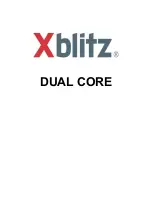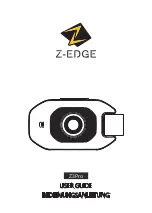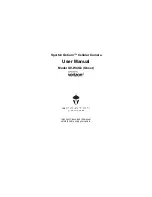
© National Instruments
|
5-5
NI 17xx Smart Camera User Manual
Maximum Frame Rate
Frame rate is the inverse of the frame period. The frame period is the time from the start of
exposure on one frame to the start of exposure on the next frame, as shown in Figure 5-2.
Figure 5-2.
Frame Period
The frame period is affected by the following factors:
•
Partial scan mode, as described in the
Partial Scan Mode
section of Chapter 3,
NI Smart
Camera Image Sensor
•
Binning mode, as described in the
Binning
section of Chapter 3,
NI Smart Camera Image
Sensor
•
Exposure time, as described in the
Exposure
section of this chapter
•
Lighting mode, as described in Chapter 4,
Lighting
•
Trigger delay, as described in the
External Trigger
section of this chapter
Determining the Maximum Frame Rate
You can determine the maximum frame rate for your configuration in software by reading the
Max Frame Rate
indicator in Vision Builder AI, reading the
Max Frame Rate
property in
LabVIEW, or reading the
Max Frame Rate
indicator in MAX. When external triggering is
enabled, do not trigger faster than the maximum frame rate.
Note
Sending a trigger faster than the maximum frame rate will result in a missed
trigger.
Use Equation 5-2 to understand how software determines the maximum frame rate:
max frame rate
= min(
max frame rate for selected scan mode
, )
(5-2)
where
max frame rate for selected scan mode
is determined by the partial scan mode and
binning mode, as described in the
Determining the Scan Mode
section, and
min frame period
is the minimum amount of time for the strobe and trigger mode, as
described in the
Calculating the Minimum Frame Period
section.
1
Frame Period
Trigger
Expo
su
re
Im
a
ge Re
a
do
u
t
1
1
min frame period
-------------------------------------------















































